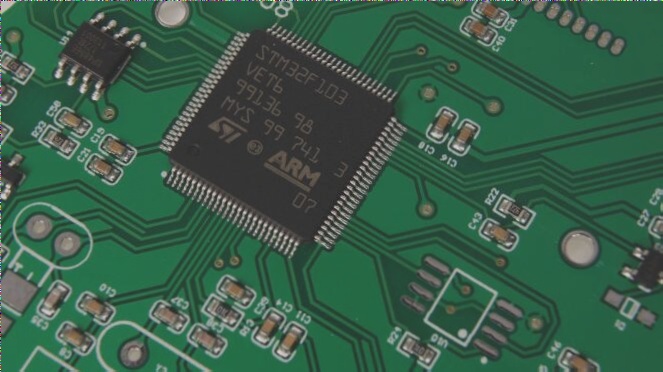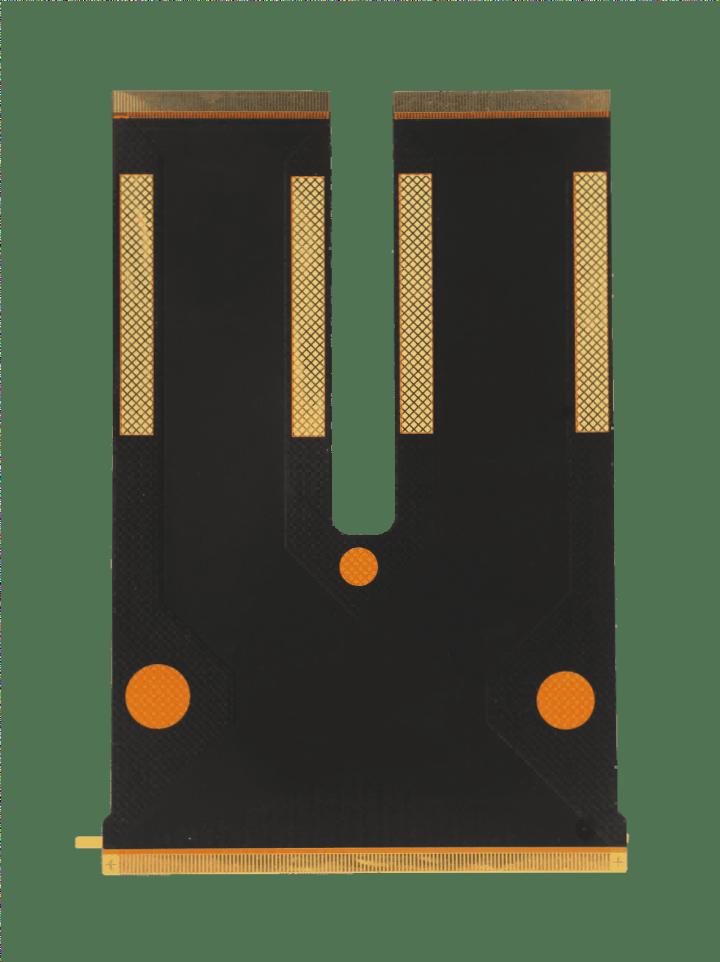Understanding EMC Design for Switching Power Supply PCBs
- Switching power supplies used in various applications require careful consideration of electromagnetic compatibility (EMC) to minimize interference.
- Analyzing common mode and differential mode interference is crucial for optimizing EMC design.
- Differential mode noise dominates at lower frequencies, while common mode noise is more prevalent at higher frequencies.
- Differentiating between these interference modes is essential in power supply applications.
- Study the coupling modes of switching power supplies to establish paths for noise currents.
Common-Mode and Differential-Mode Noise Path Models
In switching power supplies, parasitic elements like coupling capacitance and stray capacitance contribute to noise paths.
Parasitic parameters such as mutual inductance, self-inductance, mutual capacitance, and impedance induce interference.
Analyze resistance, inductance, and capacitance in power devices and transformers to derive noise current path models.
High-Frequency Model of Circuit Components
Internal parasitic elements affect the high-frequency performance of circuits, causing leakage currents.
Stray capacitance between power transistors and heat sinks provides a common-mode noise path.
Switching actions in converters generate common-mode noise, affecting the circuit’s operation.
Insulating materials with high thermal conductivity are used to maintain good contact between components.
Changes in switch states induce noise currents and voltage drops, contributing to common-mode noise.

Isolation Transformers for Suppressing Power Line Interference
Isolation transformers are essential tools for reducing power line interference. They create electrical separation between circuits, minimizing interference caused by ground loops. While an ideal transformer only conducts differential-mode currents, actual isolation transformers include coupling capacitors between primary and secondary sides to provide a path for common-mode currents. However, the effectiveness of standard isolation transformers decreases at higher frequencies due to distributed capacitance between windings.
- Enhancing Performance: Shielding layers can be added between primary and secondary stages to reduce coupling capacitance and improve noise suppression.
- Shielded Transformers: Shielded isolation transformers not only mitigate common-mode interference but also suppress differential-mode interference by connecting the shield to the primary’s neutral end.
- High-Frequency Behavior: Precise modeling of transformer high-frequency behavior is crucial for managing common-mode electromagnetic interference (EMI).
Half-Bridge Circuit and PCB High-Frequency Performance
In the half-bridge circuit, the DC electrolytic capacitor introduces series equivalent inductance and resistance, impacting high-frequency performance. Effective modeling of high-frequency PCB noise, including mutual coupling and parasitic parameters extraction, is essential for optimal circuit performance.
- ESL and Resistance: The ESL of capacitors influences high-frequency performance and can be determined using impedance analyzers.
- PCB Trace Coupling: Mutual capacitance and inductance of PCB layers and signal traces affect high-frequency noise in circuits.
- Modeling Techniques: Techniques like FDM, FEM, and MOM help establish parameters for high-fidelity PCB trace simulation models.
- Cadence Software: Cadence software, with its SpecctraQuest module, aids in PCB signal integrity and electromagnetic compatibility analyses for accurate modeling.
Circuit Model of Common-Mode and Differential-Mode Noise
Understanding Common-Mode and Differential-Mode Interference in Switching Power Supply Circuits
Switching power supply circuits often face common-mode and differential-mode interference simultaneously. Common-mode interference occurs between any phase line of the power supply and ground, while differential-mode interference happens between phase lines. The dominance of each type of interference depends on the frequency, with low frequencies favoring differential-mode interference and high frequencies amplifying common-mode interference.
Effects of Line Parasitic Parameters
The distinction between common-mode and differential-mode interference lies in how line parasitic parameters affect each type differently. Differential-mode components attenuate more over long distances due to variations in line-to-line and line-to-ground impedances.
Addressing Conduction Noise
To tackle switching power supply conduction noise, it is crucial to differentiate between common-mode and differential-mode interferences. Establishing separate paths for each type of interference streamlines the identification and resolution of root causes.
Utilizing Current Probes
In practical scenarios, current probes can help distinguish between power supply common-mode and differential-mode interference. By encircling individual wires to measure induced inductance, one can determine the type of interference present.
Line Impedance Stabilizing Networks (LISNs)
LISNs play a vital role in EMC compliance testing by providing fixed impedance characteristics (usually 50 ohms) across specific frequency bands (e.g., 100 kHz to 30 MHz). These networks effectively block power frequency signals through low inductive impedance and capacitive short-circuiting, while also attenuating high-frequency noise transmissions between the device under test and the power grid.
Overall, LISNs act as reliable barriers against both common-mode and differential-mode interference currents, ensuring accurate EMC testing on PCB boards.



